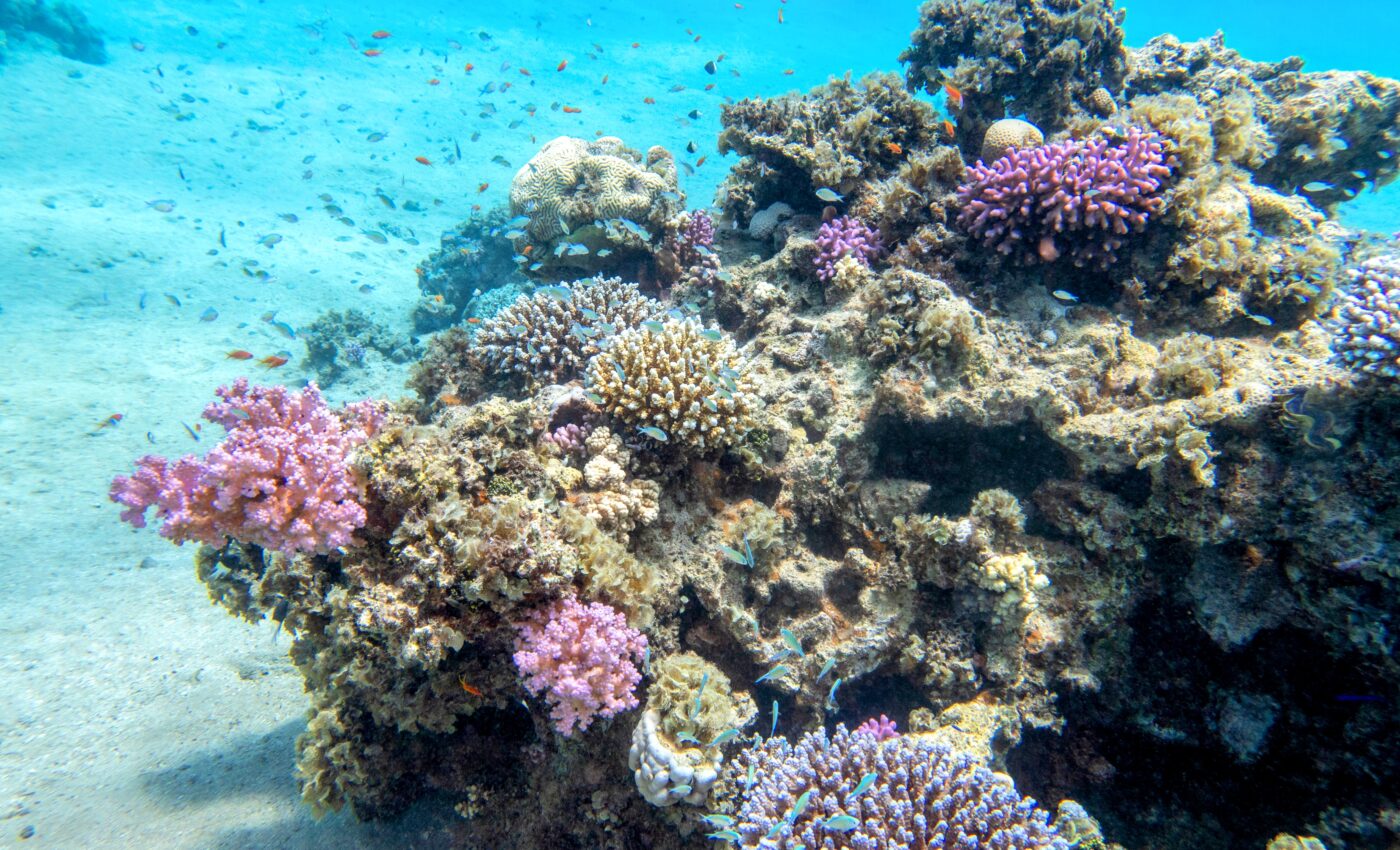
Understanding the sex lives of endangered soft corals could save them
The outlook for the endangered purple cauliflower soft coral, Dendronephthya australis, endemic to southeastern Australia, has been bleak. Over the past three years, there has been a concerning loss of coral aggregations in the Port Stephens estuary, historically its largest habitat.
This species is not only vital in its own right, as one of the Federal Government’s 100 priority species on the Threatened Species Strategy, but also serves as an essential habitat for other species, most notably the Endangered White’s seahorse and baby snapper.
New hope for the corals
A study published in the journal Marine Biology offers a glimmer of hope for the endangered corals. The research reveals new insights into the reproductive life of this coral species, offering hope for its future survival.
The lead researcher, Southern Cross University PhD candidate Meryl Larkin, said the paper was a welcome turnaround from her earlier work, which showed how badly the species had been decimated by shifts in sediment and La Niña flood events.
“Our discoveries open new doors for conservation strategies, including potential restoration efforts,” she said. “It has given us real hope we can keep this coral off the extinction list.”
Understanding the reproduction of corals
Corals can reproduce both sexually and asexually, with some being hermaphroditic or distinctly male and female. Before this study, the reproductive dynamics of Dendronephthya australis remained a mystery.
Larkin utilized diverse methods, from histological analyses of fresh specimens to lab-based studies. She was conducting lab work at the Port Stephens Fisheries Institute when she observed, for the first time, eggs and sperm within coral fragments from different colonies, indicating the existence of separate male and female colonies.
Breakthrough in the lab
Larkin then achieved a pioneering feat – successfully developing IVF methods for the coral, achieving larval settlement in a lab, and reintroducing coral babies back into the wild where they continue to thrive.
“This was a major step forward in the prospect of recovery by the species because, from just a few remaining colonies, we were able to produce hundreds of new individual corals,” said Larkin.
Study implications
She noted that the findings could be used to support the growth of wild populations and create new coral colonies to repopulate areas of habitat where they previously flourished.
Larkin’s research, sponsored by Southern Cross University and the NSW Department of Primary Industries, highlights the vital importance of understanding reproductive processes and early life stages to grasp the dynamics of a species.
“Reproduction and early life stages are fundamental for understanding the dynamics of any species, particularly marine invertebrates,” said Larkin. “These stages are essential for population establishment and growth, and understanding them helps us identify threats and extinction risks.”
More about the purple cauliflower soft coral
The purple cauliflower soft coral is aptly named for its distinctive appearance, resembling the branching, clustered look of cauliflower, tinged with a purple hue.
Unlike hard corals that build reefs with their calcium carbonate skeletons, soft corals possess a more flexible structure, which often gives them a more fluid, tree-like appearance underwater.
Habitat
Endemic to south-eastern Australia, the largest populations of the purple cauliflower soft coral have been historically found in the Port Stephens estuary in New South Wales. Here, they thrive in estuarine environments, preferring areas with strong tidal flows that bring in ample nutrients.
Ecological Importance
The soft coral plays a pivotal role in its ecosystem. Not only does it contribute to the biodiversity of its marine habitat, but it also offers shelter and a breeding ground for various marine species. In such roles, it supports the larger marine food web and helps maintain ecological balance.
Conservation status
Dendronephthya australis is one of the 100 priority species listed on the Federal Government’s Threatened Species Strategy. Over recent years, the coral has experienced a significant decline, especially in the Port Stephens estuary where there has been a complete loss of aggregations (clusters of colonies).
Factors contributing to its decline include shifts in sediment, La Niña flood events, and potentially other human-induced stressors like pollution and habitat destruction.
Reproductive strategies
Coral reproduction is a fascinating and complex subject. The recent groundbreaking research led by Meryl Larkin has unveiled some mysteries of the Dendronephthya australis’s reproductive life.
The study revealed that these corals have distinct male and female colonies – a fact unknown before this research. Understanding the reproductive strategies of such corals is crucial for their conservation, as it opens doors to potential restoration efforts.
Like what you read? Subscribe to our newsletter for engaging articles, exclusive content, and the latest updates.
—-
Check us out on EarthSnap, a free app brought to you by Eric Ralls and Earth.com.













